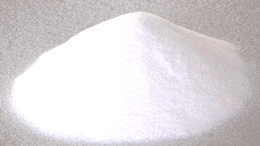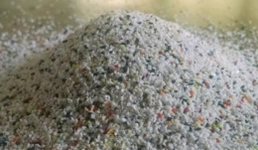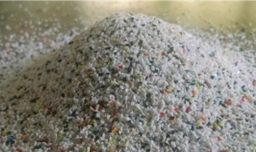Recycled materials are being utilized more frequently in manufacturing applications across the globe in a move toward more sustainable practices. Recycled plastics are a crucial part of this emerging market.
Thermoset plastics are one category of recycled plastics that do not melt and provide distinctive solutions as durable aggregates and fillers in a range of applications and products. Thermoset plastic parts are predominantly used in the electrical and food and beverage industries due to their non-melting qualities and durability.
Thermoset plastics recycling is achieved by mechanically grinding, sifting, and classifying post-industrial waste, transforming it into carefully sized powders and granules, ranging from coarse to fine. In many applications, these light-weight plastic fillers offer advantages.
Recycled plastic powders and granules have a variety of uses, for example, when used as fillers in the coatings and paint industries, along with being used as additives in anti-slip or non-skid aggregates in flooring applications.
Aggregates are also employed in urethanes and epoxies. Numerous applications for these distinctive materials have been created and pioneering discoveries are still being made today.
Specialists in the manufacture of custom fillers since 1923, Composition Materials has been manufacturing recycled thermoset plastics for more than 30 years. Melamine, Urea, and Clear-Cut® are the three grades of thermoset fillers supplied by Composition Materials. Clear-Cut® is an aggregate and lightweight filler that is often used when a white or clear material is preferred.

CLEAR-CUT® Recycled Filler & Aggregate. Image Credit: Composition Materials

UREA Recycled Filler & Aggregate. Image Credit: Composition Materials

MELAMINE Recycled Filler & Aggregate. Image Credit: Composition Materials

This information has been sourced, reviewed and adapted from materials provided by Composition Materials.
For more information on this source, please visit Composition Materials.